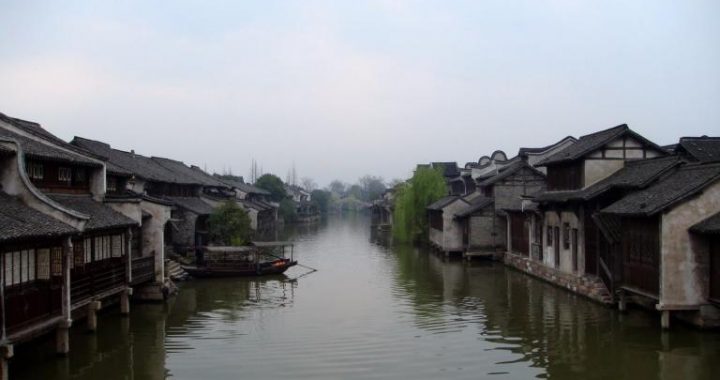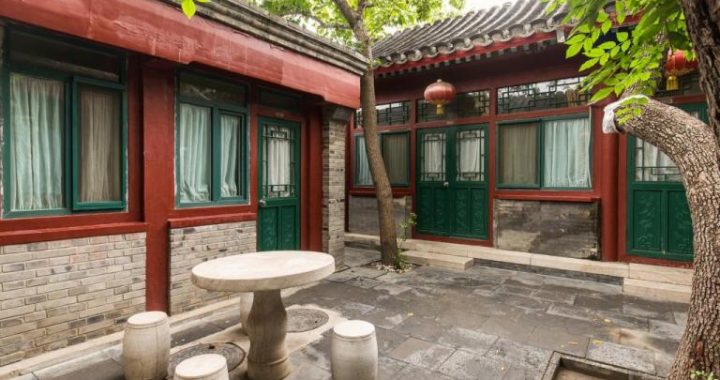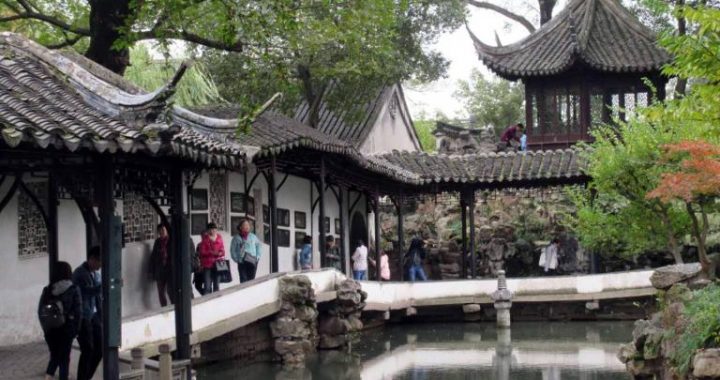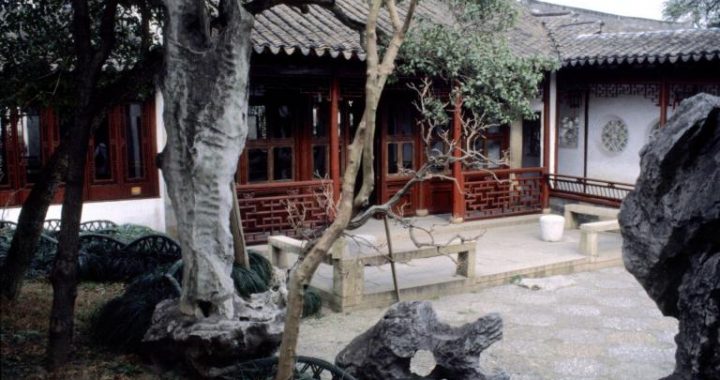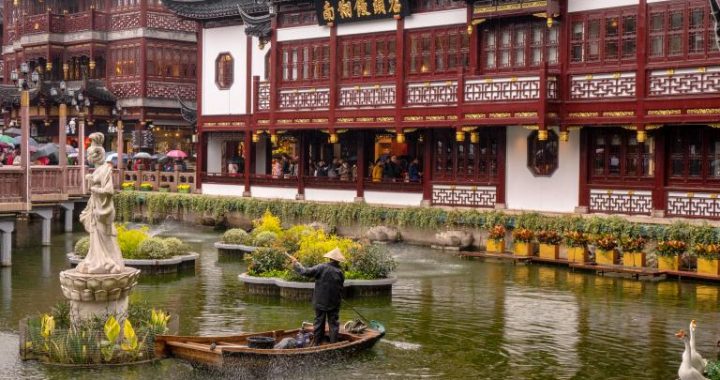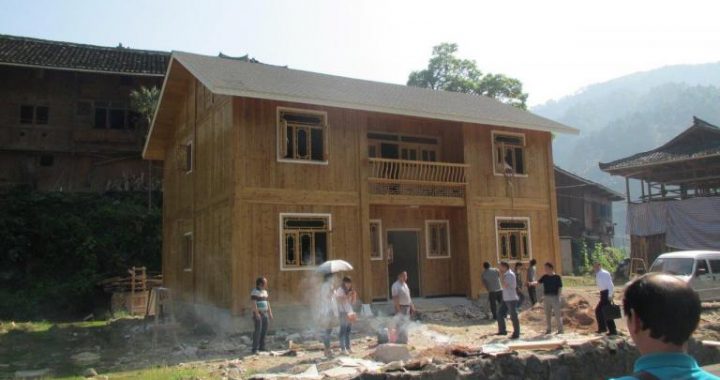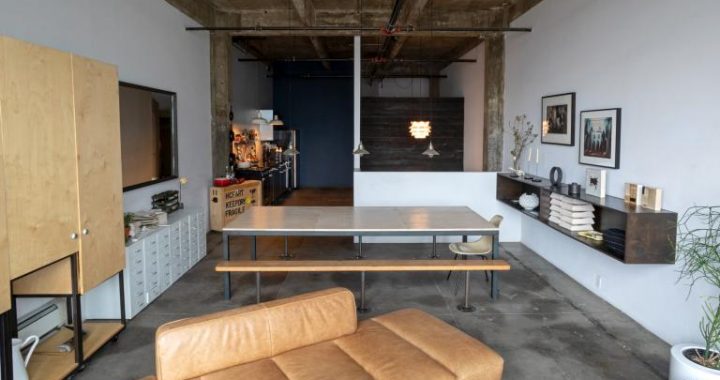Confucian Buildings
4 min readConfucian Temples
In the Spring and Autumn Period, thinker and educationist Confucius(with the given name of Qiu and the courtesy name of Zhongni,551-479 BC)compiled the six classics of Book of Changes, Book of Documents, Book of Poetry, Records of Rites, Records of Music and Spring and Autumn Annals in combination with the thoughts and documents of the Lu State, the Zhou State, the Song State, the Qi State, etc., put forward the view of ruling the countrythrough rites, further institutionalized and ritualized the thought of ruling through rites, and founded the Confucian school.

In the long history of more than 2,000 years,Confucian culture gradually became China’s orthodox culture,influenced Eastern Asian and Southeastern Asian countries,and became the cornerstone of the whole Eastern culture.To use the Confucian thought on rites to fetter people and consolidate feudal rule,most emperors in Chinese history regarded Confucius as a sage and venerated him greatly.
In the second year after Confucius’death(478BC),King Ai ofLu established a temple at his former residence in his hometown Qufu,Shandong and”worshipped him every year.”At that time,there were only”three houses.”
In 195 BC,Emperor Gaozu of the Western Han Dynasty Liu Bang(on the throne from 202 BC to 195 BC)worshipped Confucius at a grand ceremony of worshipping heaven for the first time.As Confucius received more titles,the Confucius temple in Qufu became larger and larger.From the Eastern Han Dynasty to the Qing Dynasty,it underwent 15 large-scale repairs and innumerable medium-and small-scale repairs.Now it is a huge architectural complex and a very special instance among temple buildings.Its size and constitution are even comparable to imperial palaces.

The Confucius temple finally expanded to today’s scale in the Qianlong Period of the Qing Dynasty.The whole Confucian temple has a narrow plane,about 600 meters long from north to south and more than 140 meters wide from east to west.In the temple,there are nine courtyards on the left,in the middle and on the right along the north-south axis,more than 400 halls,rooms,altars and pavilions,54 archways and 13″imperial stele pavilions.”
The first three courtyards of the Confucius temple are the guiding part.The”Wanren”Screen Wall,the Golden Sound and Jade Vibration Gateway and the stone bridge showing Confucius’noble character and erudition are in front of the entrance,followed by the Lingxing Gate,the Shengshi Gate and the Hongdao Gate.These three gates form yards of different sizes.Pine and cypress trees are thickly planted all over the area nearly 300 meters long,blotting out the sun and forming a solemn atmosphere.The towering Kui Pavilion,i.e.the library in the Confucius temple,is beyond the Dazhong Gate and the Tongwen Gate,named after the”Kui Star”of literature among the eight stars.
13 imperial stele pavilions built from the Jin Dynasty to the Qing Dynasty are behind the Kui Pavilion,followed by the Dacheng Gate,which is juxtaposed with the Golden Sound Gate,the Jade Vibration Gate,the Yongsheng Gate and the Qisheng Gate on the left and right.Mencius-Wanzhang says,”A complete concert is when the large bell proclaims the commencement of the music,and the ringing stone proclaims its close.”They imply Confucius’theories”combine ancient sages’achievements.”
On the square inside the Dacheng Gate,there is a pavilion with a double-eave gable and hip roof and a cross ridge surrounded by apricot trees,hence the name”Apricot Altar.”It is the site of the lecture hall in Confucius’former residence.Zhuangzi-The Old Fisherman says,”Confucius,rambling in the forest of Zi-wei,stopped and sat down by the Apricot Altar.The disciples began to read their books, while he proceeded to play on his lute, singing as he did so.”This can best represent the poetic and literary atmosphere of the lecture hall where Confucius taught his disciples.
Behind the Apricot Altar are the main buildings of the Confucius temple-the Dacheng Hall, the Sleeping Hall and the Shengji Hall. The Dacheng Hall wasoriginally called the King of Great Culture Hall on a two-layer white marblebase divided into nine bays; the double-eave gable and hip roof is covered by yellow glazed tiles with ten dragon-coiled stone pillars in front. The horizontal tablets inscribed by several Qing emperors personally while visiting the Confucius temple hang in the Dacheng Hall, such as “Exemplary Teacher for All Ages”written by Emperor Kangxi,”There Has Never Been Another Confucius”written by Emperor Yongzheng and “Practicing the Doctrine of the Mean and Establishing the Highest Standard”written by Emperor Qianlong. The existence of these commendatory words on the horizontal tablets increases the value of the Dacheng Hall.

